20’X8′ CONTAINER CONVERSION OFFICE
R27,000.00
20′ x 8′ Bespoke Container Conversion Office
This stylish and functional 20ft x 8ft container conversion office offers a ready-made workspace solution. Featuring a bespoke design, it includes insulation, windows, door, electrical points, lighting]. 1 Perfect for a home office, small business, or site office.
Description
20′ x 8′ Container Conversion Office
In the contemporary world, where remote work and flexible office spaces are becoming increasingly prevalent, the concept of converting shipping containers into functional offices is garnering attention. This article explores the process of converting a 20′ x 8′ shipping container into an office, the benefits, challenges, and considerations involved, as well as real-world applications and design ideas.
20′ x 8′ Container Conversion
What is a Container Office?
Container Conversion
A container office is a repurposed shipping container that provides a compact, portable space for various work-related activities. Typically constructed from steel, these containers offer durability and versatility, making them an attractive option for businesses, freelancers, and remote workers.
Dimensions and Space Requirements
A standard 20′ x 8′ shipping container provides a total of 160 square feet of internal space. This size can comfortably accommodate an office setup, including a desk, chair, filing cabinets, and storage solutions. Given its compact nature, it allows for optimized use of space, making it suitable for diverse work environments. https://kmfactoryeventsupplier.com/product/self-contained-welfare-28×8/
Advantages of Container Office Conversion
1. Cost-Effectiveness
One of the core benefits of converting shipping containers into offices is cost savings. Purchasing and retrofitting a container is often cheaper than leasing traditional office space. Additionally, lowered operational costs from reduced utility expenses can further enhance its economic appeal.
2. Portability and Flexibility
A shipping container office is inherently portable. It can be easily transported to different locations as needed. This feature is particularly advantageous for businesses that have fluctuating worksite needs or for individuals who enjoy a change of scenery while working.
3. Quick Setup Time
The conversion process of a shipping container office can be completed relatively quickly, especially when compared to traditional building construction. Basic office setups can be ready for use within a matter of weeks or even days, depending on the extent of refurbishment required.
4. Durability and Security
Shipping containers are designed to withstand harsh environmental conditions, including high winds and heavy rain. Their robust steel construction also provides an added level of security, helping protect against theft and vandalism.
5. Eco-Friendly Option
Repurposing shipping containers reduces waste and promotes environmental sustainability. By recycling these containers, businesses contribute to reducing the carbon footprint associated with typical construction materials and processes.
The Container Conversion Process
Step 1: Planning and Design
The first stage in converting a shipping container into an office involves thoughtful planning and design. This includes determining the intended use of the office, the required layout, and available utilities (electricity, plumbing, internet).
Key Considerations:
- Interior Layout: Design the office to maximize space. Consider modular furniture to maintain flexibility and adapt to future needs.
- Ventilation and Lighting: Plan for windows and doors that provide natural light and adequate ventilation for a comfortable working environment.
- Power Supply: Determine the need for electrical outlets, lighting fixtures, and potentially a heating or cooling system.
Step 2: Preparing the Container
Once the design is finalized, the container needs to be prepared. This might include:
- Cleaning and Insulating: Remove any rust or contaminants, then insulate the interior to regulate temperature.
- Structural Modifications: Cut openings for windows and doors, reinforcing the structure as necessary to maintain integrity.
Step 3: Building the Interior
After addressing the container’s exterior, the conversion continues to the interior, focusing on:
- Wall and Ceiling Finish: Install drywall or other paneling to create a finished look. Schooling certain sections with acoustic panels could also enhance sound quality for conference calls.
- Flooring Options: Choose durable flooring materials that can withstand wear, such as vinyl, laminate, or carpet.
- Furniture and Layout: Install essential furniture that fits the space, adhering to the planned layout to facilitate workflow.
Step 4: Utility Installation
For a fully functional office, you’ll need to bring in utilities like electricity and internet:
- Electrical Wiring and Outlets: Engage professionals to handle electrical installations, ensuring compliance with safety regulations.
- Internet Connectivity: Consider wireless options or wired connections depending on the workspace’s location.
Step 5: Final Touches
Decorate the office with personal touches that reflect the company’s brand or the owner’s personality. This can include art, plants, colors, and personal items that foster a welcoming and inspiring workspace.
Challenges of Container Office Conversion
1. Zoning and Permitting Issues
Before converting a shipping container into an office, it is crucial to check local zoning laws and building codes. Some municipalities restrict the use of shipping containers for residential or commercial purposes, requiring permits that can delay the project.
2. Weatherproofing and Insulation
While containers are rugged, they can pose challenges regarding insulation and climate control. Proper weatherproofing is essential to maintain comfortable conditions, especially if the office is located in extreme climates.
3. Accessibility
Given the typical height of shipping containers, steps or ramps may be necessary for accessibility compliance. Ensuring your office is accessible is key to promoting an inclusive work environment.
4. Limited Space
While a 20′ x 8′ container offers ample space for a small office, it may feel restrictive for some users. Efficient organization and multi-functional furniture are crucial to maximizing the available area.
Real-World Applications
1. Startups and Small Businesses
Many startups and small businesses opt for shipping container offices due to low overhead costs. These spaces provide a professional environment without the financial burden of traditional leases.
2. Remote Work Hubs
Freelancers and remote workers can benefit from a container office tailored to their specific needs. It allows for a dedicated workspace at home or in a remote location conducive to productivity.
3. Temporary and Project-Based Worksites
In industries like construction or film, container offices provide mobile, temporary workspace at project sites where traditional office setups are impractical.
4. Educational Institutions
Some schools are exploring container conversion for administrative offices or classrooms, leveraging their portability for temporary learning spaces or administrative needs during construction projects.
Design Ideas for Container Offices
1. Minimalist Office
Embrace a minimalist design with clean lines and a monochromatic color scheme. Use multifunctional furniture, such as desks that convert into meeting tables, to optimize space usage.
2. Eco-Friendly Office
Incorporate sustainable materials and designs, such as bamboo flooring, recycled furniture, and green walls with plants that purify the air.
3. Tech-Forward Workspace
Design an office equipped with the latest technology. Keep the aesthetic sleek with integrated cable management systems and smart technology for energy efficiency.
4. Creative Studio
Add artistic elements to cater to creative professionals. This could include large windows for natural light, a vibrant color scheme, and dedicated areas for brainstorming or collaborative work.
Conclusion
Converting a 20′ x 8′ shipping container into an office presents opportunity, innovation, and flexibility in an increasingly mobile work environment. Despite the challenges, the benefits of a cost-effective, portable workspace that can be customized to individual or business needs make this an attractive option for many. With the right planning and design execution, a shipping container can transform into a functional, inspiring office that meets the demands of modern work life. As industries continue to embrace flexibility and sustainability, container offices may become a core component of the future landscape of workspaces.
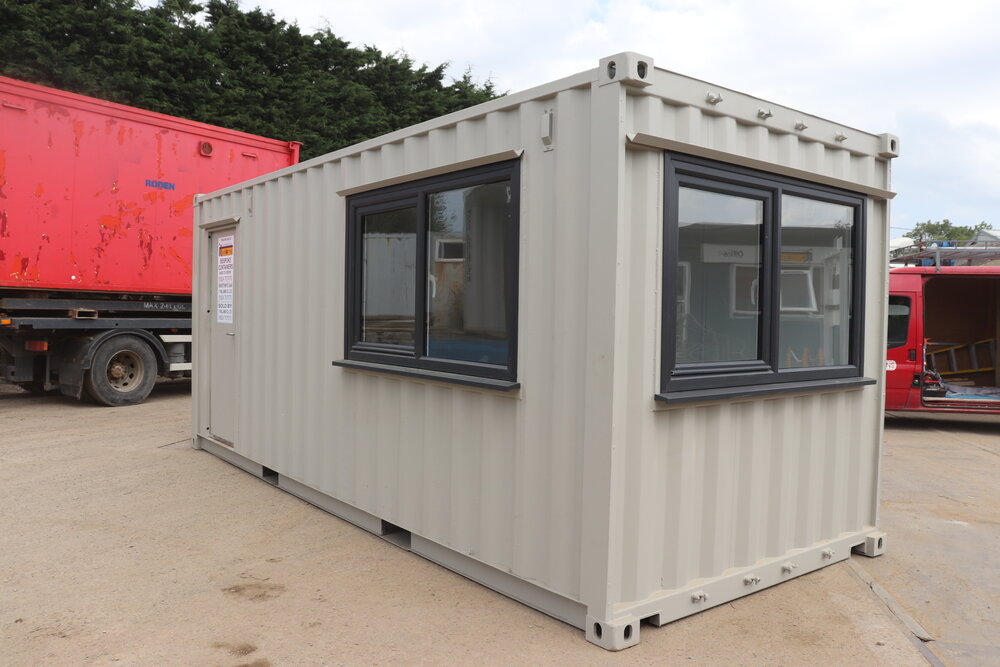
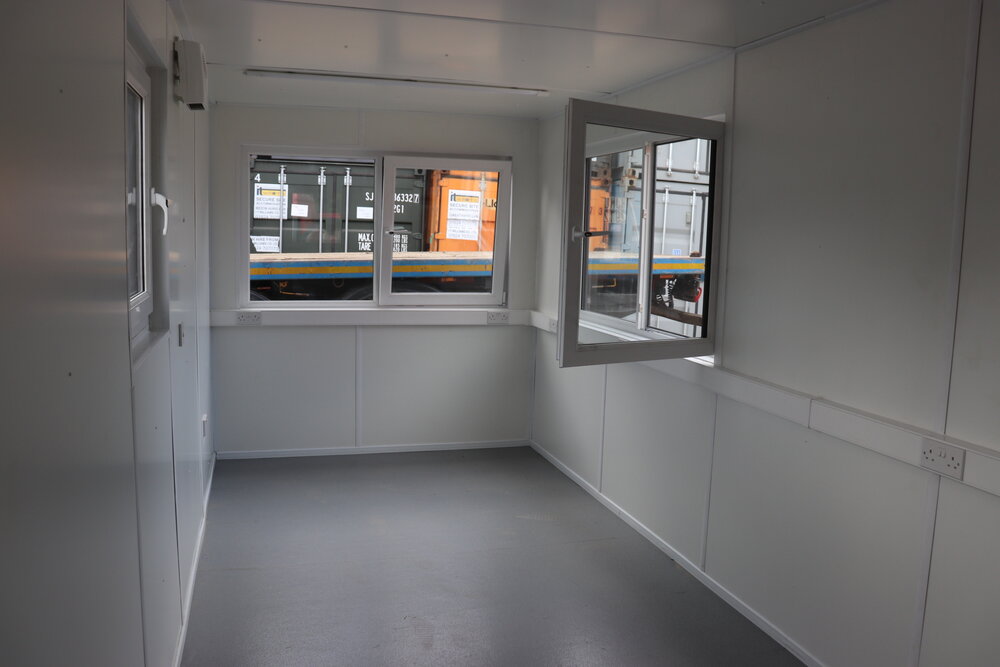
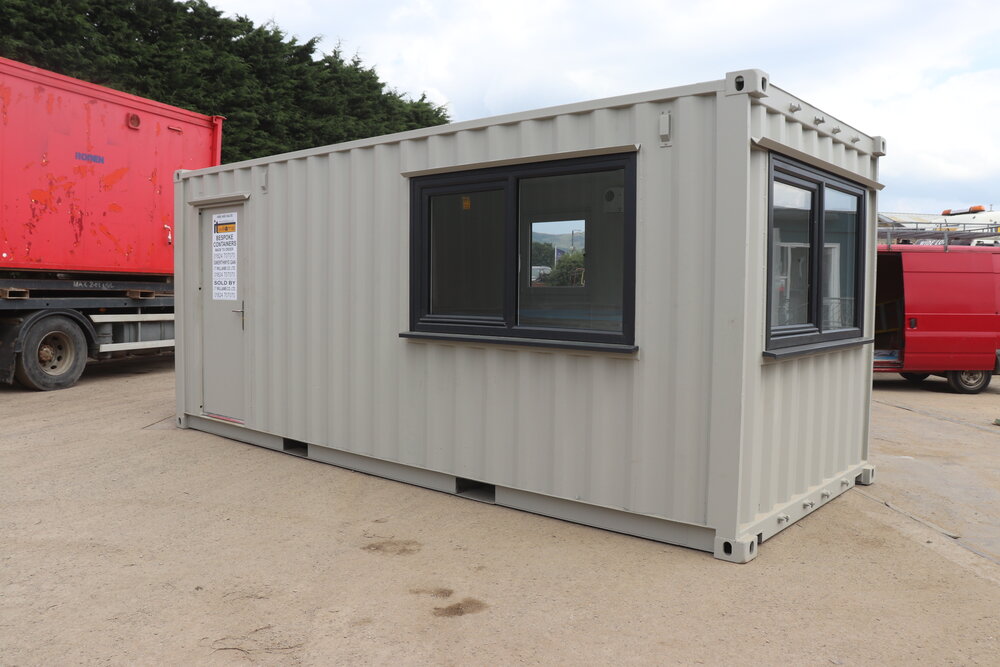
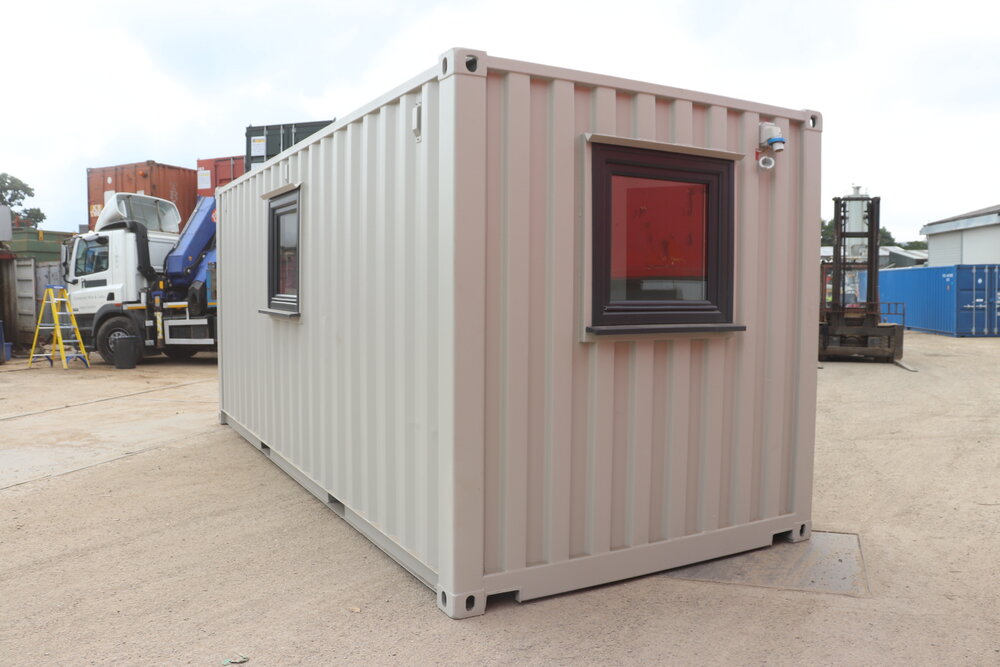
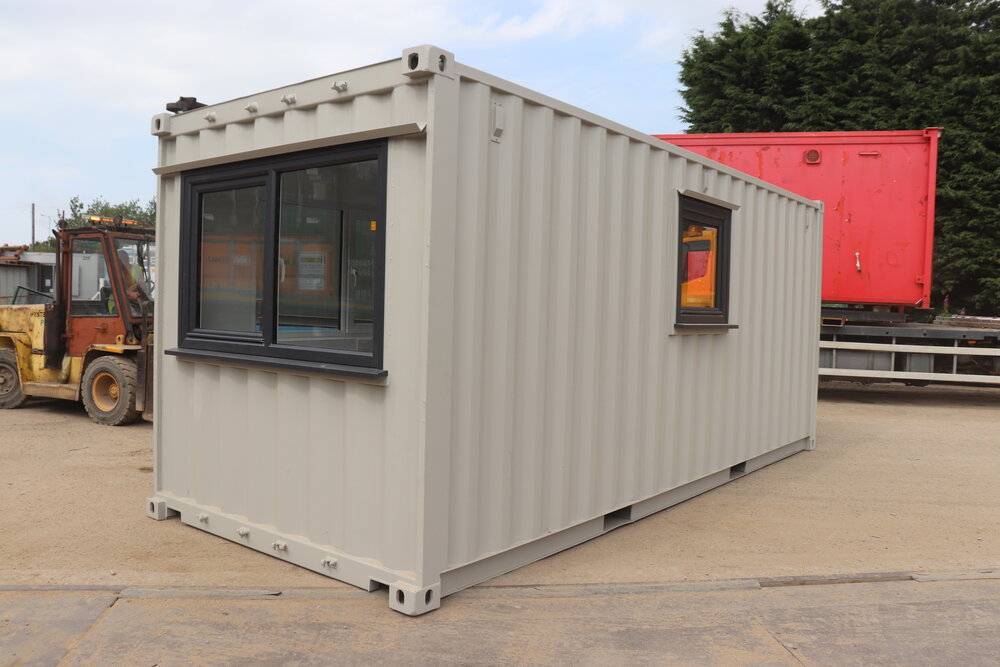
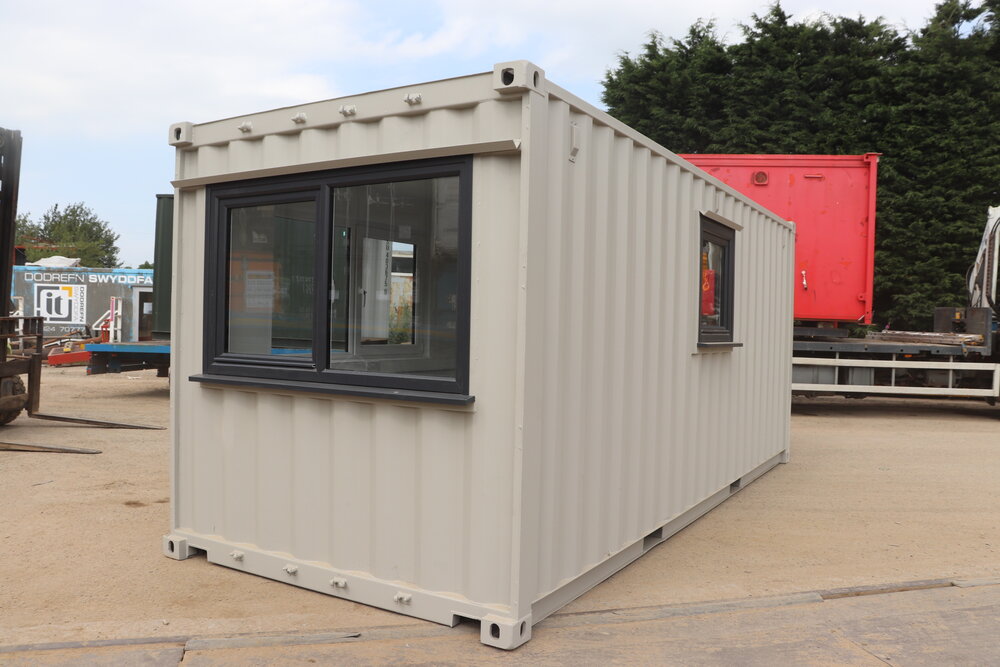

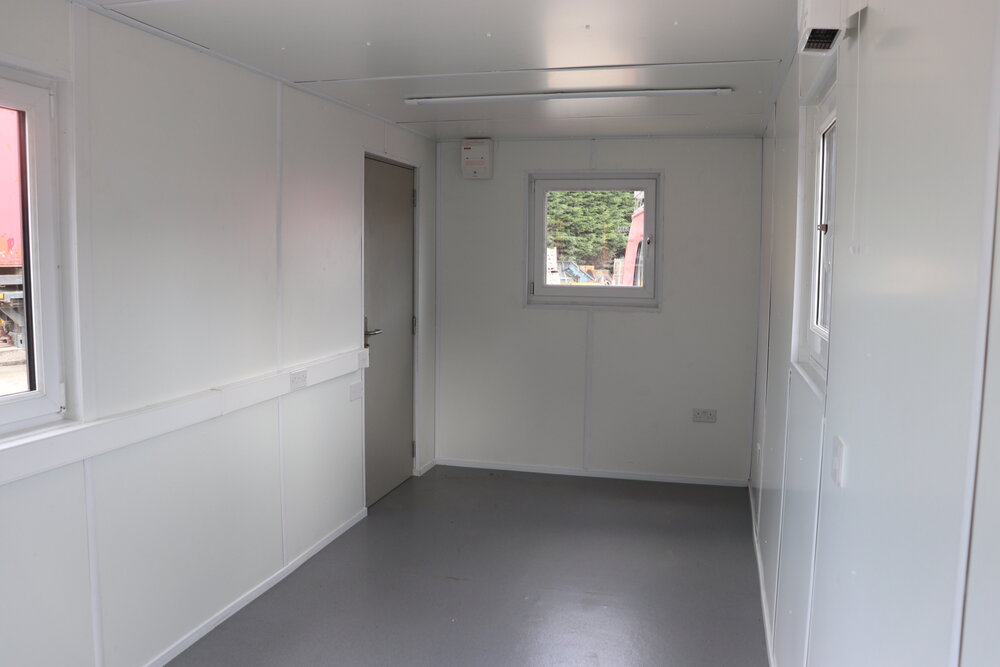
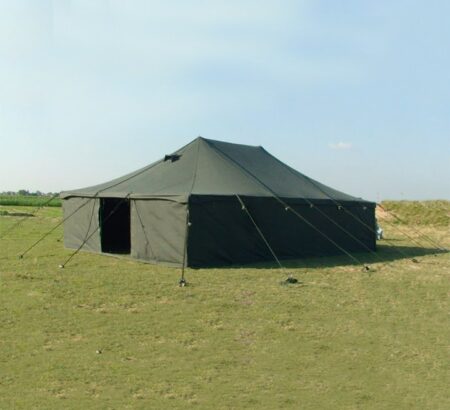

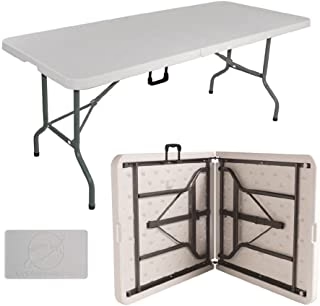
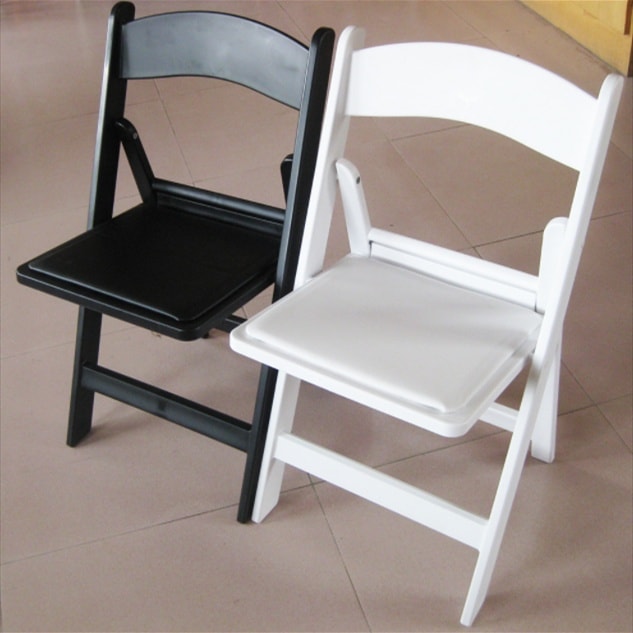



Reviews
There are no reviews yet.